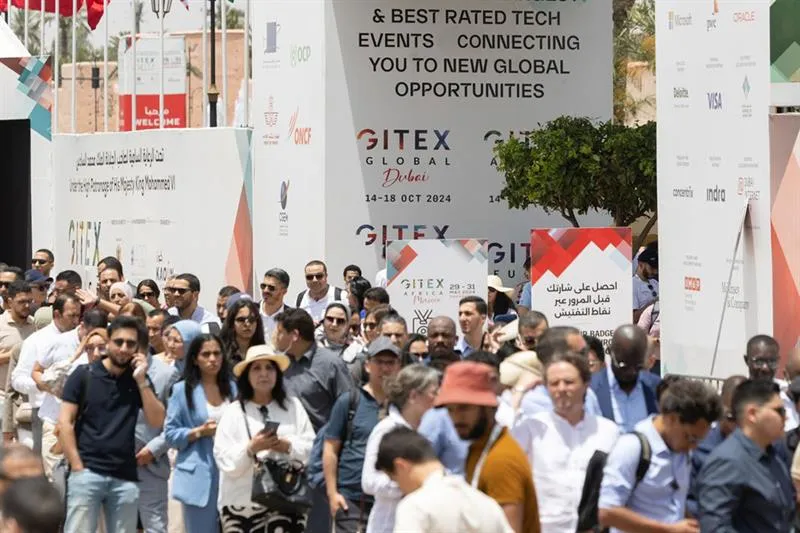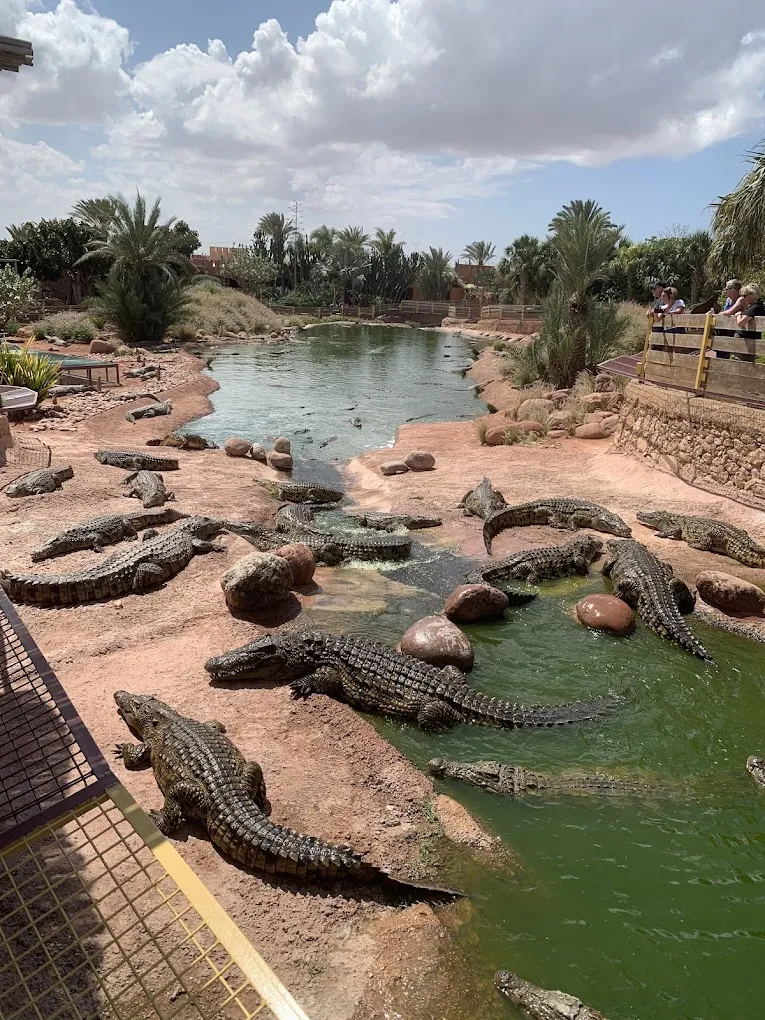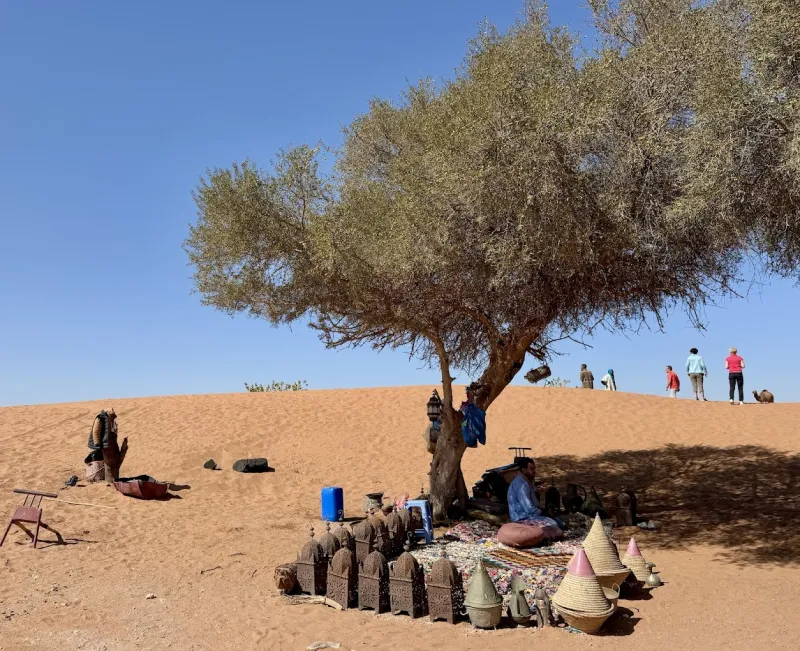Souk El Had D Agadir: A Journey into the Heart of Moroccan Tradition
08 Mar 2025Stepping into souk el had d agadir is like entering a living tapestry of Moroccan heritage, where centuries-old traditions and modern energy converge to create an unforgettable marketplace experience. Nestled in the vibrant city of Agadir, this sprawling souk is much more than a shopping destination—it's a dynamic cultural hub where locals and visitors alike gather to exchange stories, savor exotic flavors, and admire the intricate craftsmanship that defines Moroccan artistry.
A Rich Historical Legacy
The Origins of Souk El Had D Agadir
The roots of souk el had d agadir run deep in the history of the region. Established decades ago, the souk has evolved from a modest gathering place for local traders into one of Agadir's largest and most bustling markets. Despite the modern developments surrounding it, the souk retains an authentic charm that harkens back to traditional Moroccan market culture. Its very name, "el had," implies a sense of meeting and exchange—a vibrant crossroads where diverse cultures and traditions converge.
Rebirth After Adversity
Agadir has faced significant challenges, notably the devastating earthquake of 1960, which reshaped the city’s physical landscape and social fabric. Yet, amid the ruins, the spirit of the people endured. The re-establishment of souk el had d agadir became a symbol of resilience and renewal, a way to preserve cultural identity and revive the communal life that defines Moroccan society. Today, the souk stands not only as a marketplace but also as a living testament to Agadir’s ability to reinvent itself while honoring its past.
Navigating the Labyrinth: Layout and Organization
A Maze of Alleys and Courtyards
One of the first things you'll notice about souk el had d agadir is its labyrinthine layout. True to the traditional design of Moroccan medinas, the souk is composed of narrow, winding alleys and interconnected courtyards that create an intimate and immersive shopping environment. Each turn reveals new surprises—a stall brimming with colorful textiles, a corner filled with the rich aroma of spices, or an artisan delicately crafting leather goods.
Zones and Specializations
The souk is organized into different sections, each dedicated to specific types of products. This organizational structure not only simplifies navigation for the visitor but also highlights the diversity of local craftsmanship:
Textiles and Clothing: Vibrant fabrics, traditional garments, and intricately embroidered items abound in one section of the souk, offering both ready-to-wear and bespoke options.
Jewelry and Accessories: Another section is dedicated to finely crafted jewelry, from silver Berber designs to modern pieces that blend tradition with contemporary trends.
Spices and Culinary Delights: The air is often perfumed with a complex mix of spices—saffron, cumin, paprika, and more—making this section a haven for culinary enthusiasts.
Handicrafts and Art: From hand-carved pottery and decorative ceramics to intricate woodwork and metal crafts, the souk is a treasure trove for those interested in authentic Moroccan artistry.
The Sensory Overload: A Feast for the Senses
Visual Splendor
Walking through souk el had d agadir is an immersive visual experience. The vivid colors of the fabrics, the shimmering metallic hues of jewelry, and the bold patterns of handcrafted items create a kaleidoscope of sights that captivate the eyes. Each stall is a mini-gallery showcasing the rich heritage of Moroccan design, where even the simplest items are elevated to works of art.
Aromatic Journey
The aroma in the souk is as layered as the products on display. As you wander, you’ll encounter the intoxicating scents of fresh spices, aromatic herbs, and traditional incense. The spice section alone is a sensory delight, where the vibrant colors and pungent aromas invite you to pause and appreciate the depth of Morocco’s culinary traditions.
The Soundtrack of the Market
No experience in the souk is complete without the ambient sounds that create its unique atmosphere. The lively haggling, the melodic calls of vendors inviting you to explore their wares, and the occasional bursts of laughter all contribute to a soundscape that is both energetic and deeply rooted in local culture. The rhythmic cadence of everyday life in the souk offers a genuine insight into the social fabric of Agadir.
Engaging with Local Culture
Artisans at Work
At the heart of souk el had d agadir are the artisans whose skills have been honed over generations. Many of these craftspeople welcome curious visitors, offering live demonstrations of their work—from weaving intricate rugs to molding clay into beautiful ceramics. These interactions provide a rare opportunity to witness the mastery behind each creation and to learn about the traditional techniques that have been passed down through time.
The Art of Bargaining
Bargaining in the souk is not just about securing a good deal—it’s a social ritual that encapsulates the spirit of Moroccan hospitality. Vendors and buyers engage in a friendly exchange that often involves humor, mutual respect, and an appreciation for the craftsmanship on display. For first-time visitors, learning a few phrases in Arabic or Berber can enhance the experience and lead to more meaningful interactions.
Culinary Experiences
The souk is also a gastronomic haven. Numerous food stalls and small eateries offer a taste of authentic Moroccan cuisine. Sample traditional dishes such as tagine, couscous, or freshly grilled kebabs, and be sure to try a cup of sweet mint tea—a symbol of Moroccan hospitality. Food in the souk is not only a delight for the taste buds but also a bridge to understanding the cultural narratives behind each recipe.
Tips for Visiting Souk El Had D Agadir
Best Times to Visit
To fully immerse yourself in the souk’s vibrant atmosphere, consider visiting during the early morning or late afternoon. The early hours offer a glimpse into the market's bustling setup, while the late afternoon allows you to experience the souk bathed in the warm, golden light of the setting sun. This timing also helps avoid the peak heat of the day, making your visit more comfortable.
Practical Considerations
Dress Comfortably: Wear comfortable, modest clothing and sturdy footwear, as the narrow alleys and crowded pathways require some walking.
Carry Cash: While some vendors may accept cards, cash remains the most common form of payment. Be sure to have local currency on hand to facilitate smoother transactions.
Stay Hydrated: Agadir’s warm climate means it’s important to carry water with you, especially if you plan to spend several hours exploring the souk.
Keep an Open Mind: The souk can be overwhelming at first, but taking the time to slow down, observe, and interact with vendors will enrich your experience and help you appreciate the depth of local culture.
Navigating the Market
Given its sprawling layout, it can be helpful to set a plan before you dive in. Identify sections you’re most interested in, whether it’s textiles, jewelry, or spices, and focus your exploration there. Don’t hesitate to ask locals for directions or recommendations—they’re often eager to share insider tips and point out hidden gems.
The Impact of Souk El Had D Agadir on Local Economy and Culture
Economic Significance
Souk el had d agadir plays a crucial role in the local economy. It is a primary source of livelihood for many artisans, traders, and small business owners. By supporting these local enterprises, visitors contribute directly to sustaining traditional crafts and preserving the cultural heritage of Agadir. The economic vitality of the souk also helps foster community pride and encourages further investment in cultural tourism.
Cultural Preservation
The souk is more than a marketplace—it’s a living repository of Moroccan culture. The preservation of traditional crafts and the continued practice of age-old trading customs ensure that the rich cultural legacy of Agadir is passed on to future generations. Festivals, cultural events, and artisan workshops hosted within the souk further solidify its role as a guardian of tradition and an educational resource for both locals and visitors.
A Hub of Social Interaction
The vibrant atmosphere of souk el had d agadir makes it a central gathering place for the community. Beyond commerce, it is a space where social bonds are strengthened, stories are shared, and cultural identities are celebrated. The interactions that take place here reflect the warmth and hospitality that are intrinsic to Moroccan life, making every visit an opportunity to forge lasting connections and memories.
Conclusion: Embracing the Soul of Morocco
Souk el had d agadir is more than just a market—it is the beating heart of Agadir, where every corner, every stall, and every conversation contributes to a rich mosaic of cultural expression and community spirit. Whether you are a seasoned traveler or a first-time visitor, the experience of wandering through this bustling souk will leave you with a deeper appreciation for the traditions and artistry that define Morocco.
As you navigate its winding alleys, engage with local artisans, and savor the sensory delights of the market, you are not merely shopping—you are partaking in a living, breathing celebration of Moroccan heritage. Embrace the adventure, let the vibrant energy of souk el had d agadir captivate you, and take home not just souvenirs, but stories and memories that will last a lifetime.
Hi, I'm Camila Elise. I'm a passionate writer and design enthusiast at rents.ma, blending modern insights with the timeless elegance of Moroccan culture. Join me as I explore innovative ideas to transform your living space into a true reflection of your style.




